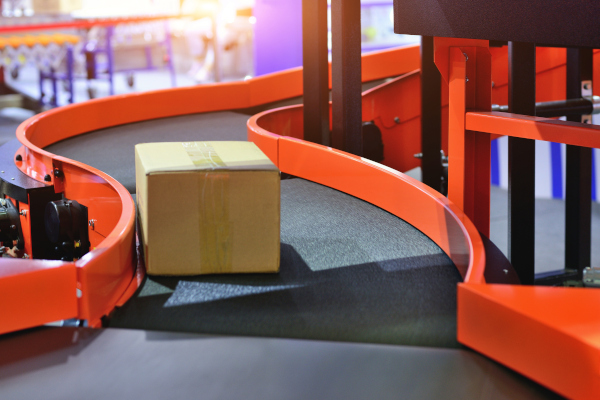Like many legacy companies, Mary Kay Inc. was struggling with its indirect spend management. While the cosmetics giant was known for its innovative beauty products, its indirect spend management was stuck in spreadsheets and emails.
Innovative spend management it was not. That is until it implemented the SAP Ariba Buying and Invoicing solution from SAP.
“We needed a solution that could measure our spending and where we spend. SAP Business Network and SAP Ariba solutions offered the best global solution and proven track record to suit our business transformation agenda,” Keith Learn, vice president of procurement and supplier development for Mary Kay, says.
The result was 75% of addressable spend was channeled through the SAP Ariba solutions, with 70% of supplier invoices now digitized and 95% of enabled supplier spend managed.
Germany grocer Kaufland also had issues due to antiquated systems. In Kaufland’s case, it was having trouble with proper forecasting until it switched to SAP’s Unified Demand Forecasting solution.
Once implemented, Kaufland was able to automate demand forecasting of 35 million store-product combinations a day, and lower its error rate of promotional products to less than 38%.
“AI is connecting customers to the supply chain. It is the democratization of data.”
Those results were enabled by technology - artificial intelligence and machine learning – which allows businesses of all sizes to better control everything from inventory management to spending. Over at Scandit, the technology company is deploying augmented reality (AR) solutions that are allowing even the smallest of businesses to better control their inventory and spending.
“Processes in retail stores got more and more complicated,” Christian Floerkemeier, vice president of product, CTO and co-founder of Scandit told Supply Chain Management Review at the recent National Retail Federation conference in New York City.
Floerkemeier cited two issues for retailers, particularly smaller retailers: A worker shortage/retention issue, and a more complicated inventory environment.
Scandit has adopted AR technology that allows store clerks or warehouse operators to simply scan shelfs/racks with their phone/tablet. The technology than identifies what is on the shelf compares it to what is supposed to be on the shelf, and if necessary, sends notifications to the appropriate party (warehouse, ordering, etc.) to rectify the issue.
“This has implications for the whole of supply chain management,” Floerkemeier says. “All of this information exists somewhere, but we are [collecting it] with augmented reality so they can see it in one place.”
The technology has many applications, Floerkemeier notes, including in pharmacy and perishable goods as it can scan individual box codes and identify product that is nearing its expiration date.
To Matt Laukaitis, global general manager of consumer industries for SAP, it is technology that is changing the customer-brand relationship.
“AI is connecting customers to the supply chain,” he tells Supply Chain Management Review. “It is the democratization of data.”
Laukaitis says AI is enabling businesses to better forecast data, and help brands identify the best price for an item in the recommerce process. Some benefits extend to the warehouse worker, and in each case, the ultimate winner of this technology deployment is the end customer.
For retailers, the goal is to get them the right data and data that is clean.
“Just throwing things into a large dataset is not a very good strategy,” Laukaitis says. “The most important piece of advice to retailers is to get started.”
However, he notes that adopting AI must be a targeted approach.
“We’re trying to help customers be very disciplined with how they [adopt] AI,” Laukaitis says. “The earlier we can engage, the better.”
Article topics






